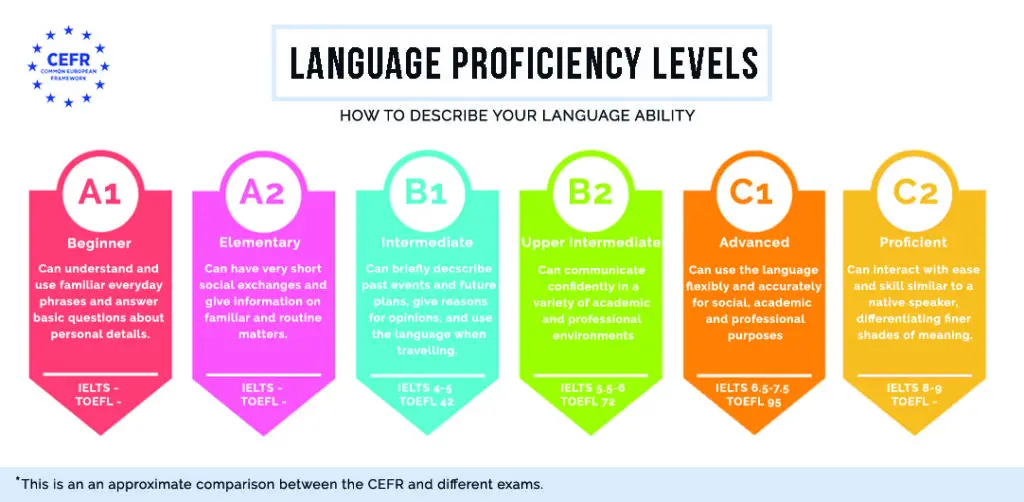For decades, the Common European Framework of Reference for Languages (CEFR) has served as a standardized roadmap for measuring language proficiency in spoken languages. But what about sign languages, those vibrant tapestries of gestures and expressions that transcend the limitations of sound? Do they fit within the neat compartments of A1 to C2? Surprisingly, yes, but with a fascinating twist!
Adapting the CEFR to the world of sign language is like traversing a new landscape. While the framework provides a helpful structure, the terrain demands unique navigation. Forget rote memorization and vocabulary lists; in sign language, proficiency unfolds in a dynamic interplay of handshapes, facial expressions, and body language.
The Sign Language CEFR: Stepping Beyond Spoken Words
The sign language CEFR builds upon the core principles of its spoken counterpart, dividing proficiency into six levels: A1, A2, B1, B2, C1, and C2. Each level describes what a signer can understand and express in various contexts. However, there are crucial adaptations to recognize the unique nature of sign languages.

Understanding takes center stage: Sign languages are primarily visual, meaning comprehension lies at the heart of proficiency. At lower levels, signers focus on grasping basic vocabulary and sentence structures, often through visual demonstrations and contextual clues. As they progress, the ability to understand complex narratives, abstract concepts, and even humor develops.
Expression unfolds in a silent symphony: While spoken languages rely heavily on vocabulary and grammar, sign language proficiency blossoms through a delicate choreography of handshapes, facial expressions, and body language. Each level defines the complexity of this dance, from basic gestures at A1 to nuanced expressions and fluent storytelling at C2.
Context becomes the canvas: Unlike the linear structure of spoken languages, sign languages often draw meaning from the context of the situation. This includes the signer’s body position, the environment, and even shared cultural knowledge. Recognizing and utilizing these contextual cues becomes increasingly important as signers advance through the CEFR levels.
Beyond Levels: Embracing the Nuances
It’s crucial to remember that the CEFR provides a framework, not a rigid checklist. Each signer’s journey is unique, shaped by individual learning styles, cultural background, and access to resources. Fluency might differ across domains, with someone excelling in everyday conversations but facing challenges in academic settings. This is true for both spoken and signed languages.
Sign Language CEFR: A Bridge, Not a Boundary
The significance of applying the CEFR to sign languages lies in its potential to foster inclusivity and break down barriers. It provides a common language for describing proficiency, enabling communication between Deaf and hearing educators, employers, and interpreters. This shared framework facilitates access to education, employment, and other opportunities for the Deaf community.
Looking Ahead: Building a World of Understanding
Adapting the CEFR to sign languages is an ongoing journey. Continuous research is needed to refine the descriptors and ensure they accurately reflect the nuances of different sign languages. Moreover, promoting awareness and acceptance of sign language proficiency across various domains is crucial.
Imagine a world where sign language interpreters are readily available in all spheres, from classrooms to courtrooms, and where employers recognize and value sign language skills. We can get there by embracing the CEFR as a bridge, not a boundary, and celebrating the rich tapestry of communication that unfolds beyond spoken words.
So, the next time you encounter someone signing, remember the intricate dance of hands and expressions. Look beyond the surface, appreciate the complexity of sign language, and acknowledge the journey each signer has taken on their road to proficiency. After all, it’s not just about levels, but about understanding, respect, and building a world where everyone can communicate and thrive.
Remember:
- The sign language CEFR is a guide, not a definitive measure of individual proficiency.
- Each signer’s journey is unique and shaped by diverse factors.
- Recognizing and celebrating the complexities of sign language is crucial for fostering inclusivity.
- The CEFR can serve as a bridge between Deaf and hearing communities, opening doors to opportunities.
Let’s embrace the richness of sign language and work together to create a world where communication transcends the limitations of spoken words.


